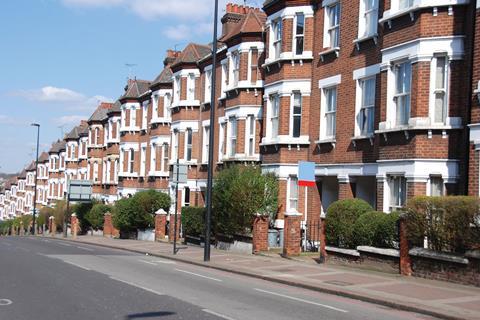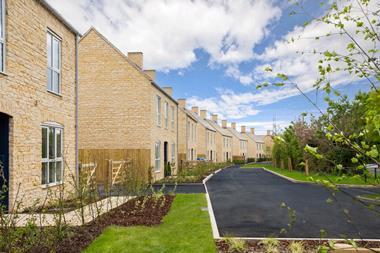“Teach a parrot the terms ‘supply and demand’ and you’ve got an economist,” said Thomas Carlyle.

When it comes to the UK’s housing crisis, there are any number of parrot-like diagnoses, blaming ‘decades of undersupply’ for the 150% jump in real house prices since their 1996 nadir.
But if you want to understand housing, superficially persuasive parrots are no use. If we look at the appropriate supply and demand indicators, the idea that a housing shortage is to blame for high prices crumbles.
Unlike most other things we buy, there are two kinds of demand for bricks and mortar: from families needing somewhere to live and from investors seeking assets to own. Since you can live in a house without owning it and own one without living in it, these markets are separate. So there are two different ‘prices’ that govern them: the price of houses tells us about the supply of, and demand for, housing assets to own; while the day-to-day cost of housing captures the supply of, and demand for, places to live.
The ONS uses rent levels to capture the day-to-day cost of living in a house. This is a good measure of housing costs for both renters and owners, since rent tends to equal the full cost of owning a house. So if there’s a shortage of places to live we’d expect to see rents rising compared with average household incomes.

Yet recent rent trends tell the opposite story, suggesting an improving supply. Relative to household incomes, average rents have been falling, at least since good-quality data started to be collected in 2005.
Housing supply figures corroborate this price signal. The number of UK households has risen by 3.5 million since 1996, while the number of new houses has grown by 4.2 million. As a result, the surplus stock of dwellings (houses less the number of households) doubled to almost 1.3 million by 2017. Looked at another way, the English Housing Survey suggests total residential floorspace in England has grown faster than the population over the same period.
Surprisingly, even in London there is scant evidence of a worsening shortage of places to live. Over the past 20 years the number of houses has outstripped the number of households and day-to-day housing costs have stayed in line with average household incomes, despite a breathtaking 330% real increase in house prices since 1996.
“Over the past 20 years the number of houses has outstripped the number of households in London”
So if rents suggest no shortage of homes, why are house prices so high? The blame lies squarely with financial conditions. Low global interest rates mean investors will pay much more for an asset (house) that yields a given income (rent) than they would 20 years ago. Meanwhile, as the IMF has recently shown, the increasing interconnectedness of major cities at the centre of the global financial system has helped drive price-to-income ratios in the capital to unprecedented levels.
Boosting supply would have only a marginal impact. Academic evidence – including, as we found out last month, the government’s own model – suggests that adding even 300,000 houses a year for the next 20 years would only cut prices by 5% to 10%. That’s unlikely to impress today’s priced-out millennials.
Financial factors were responsible for the house price boom and – whether through rising market interest rates, a financial shock or tighter regulation – they’re most likely to be its undoing. We can debate how to raise housing supply until the cows come home. But for a real solution to unaffordable houses and the intergenerational inequality they create, it’s time to look elsewhere.































1 Readers' comment